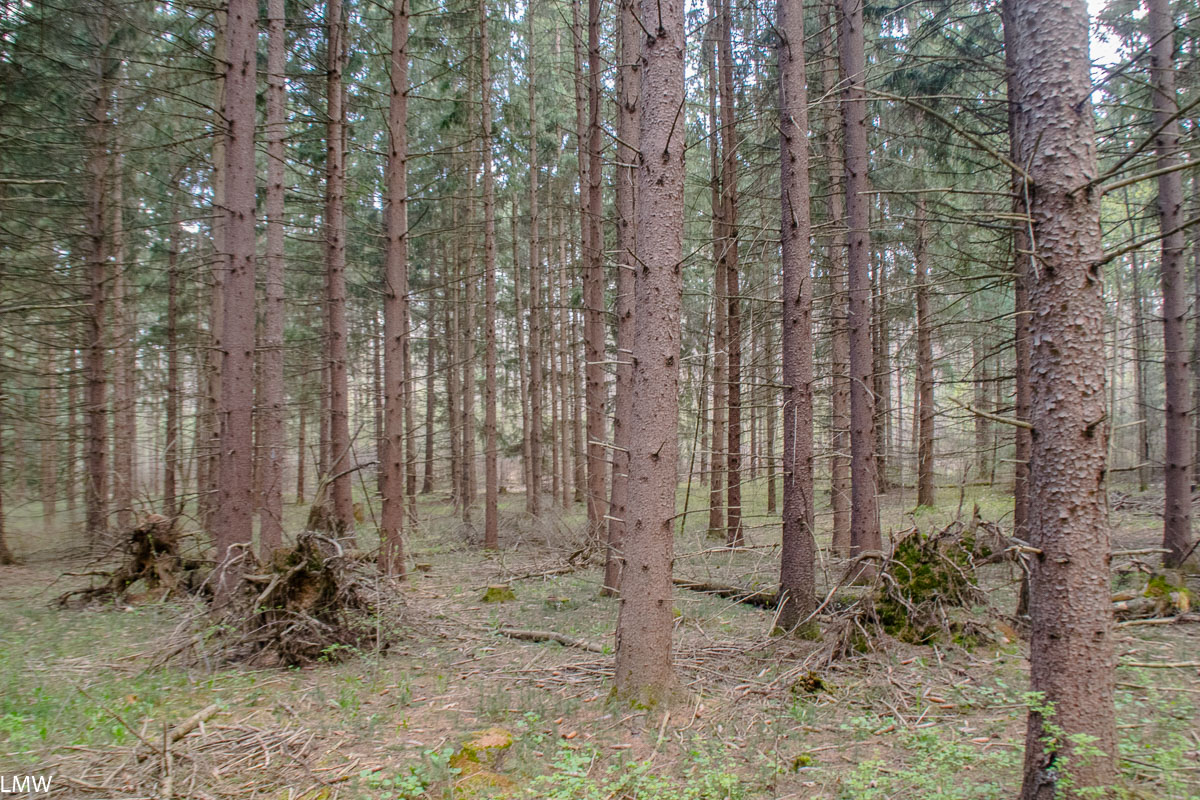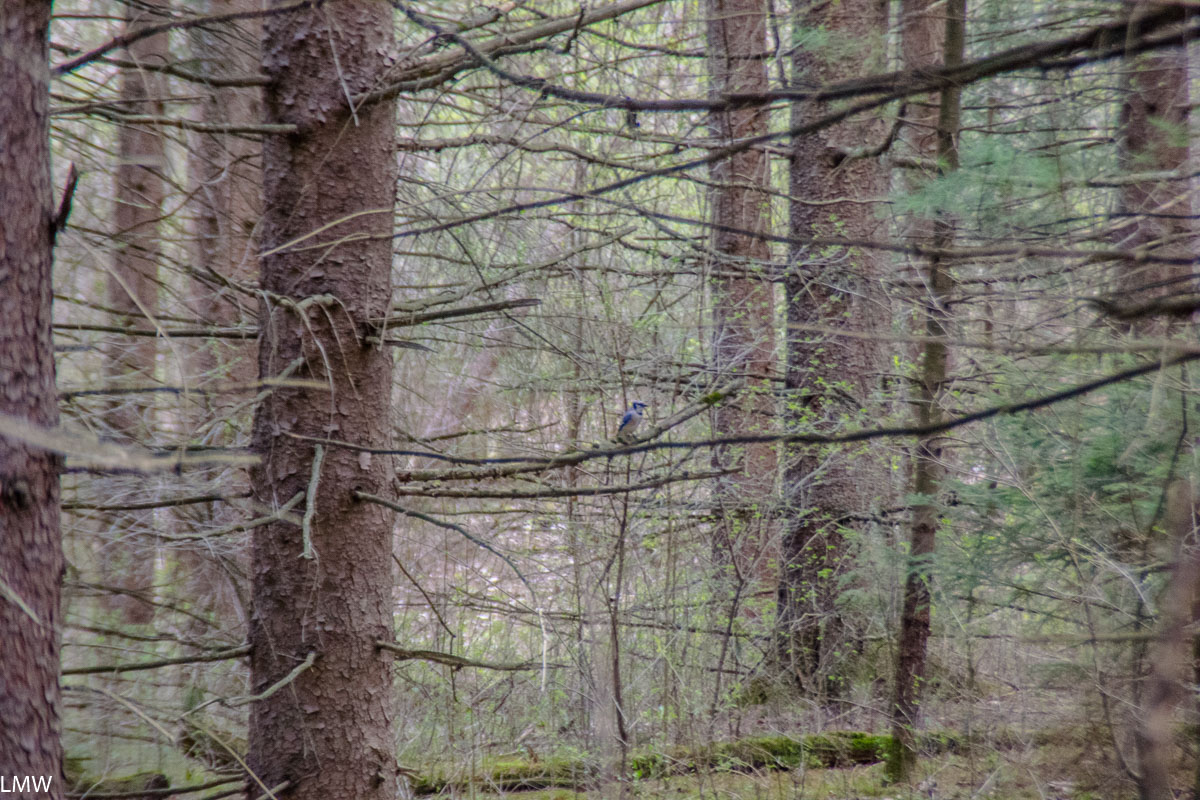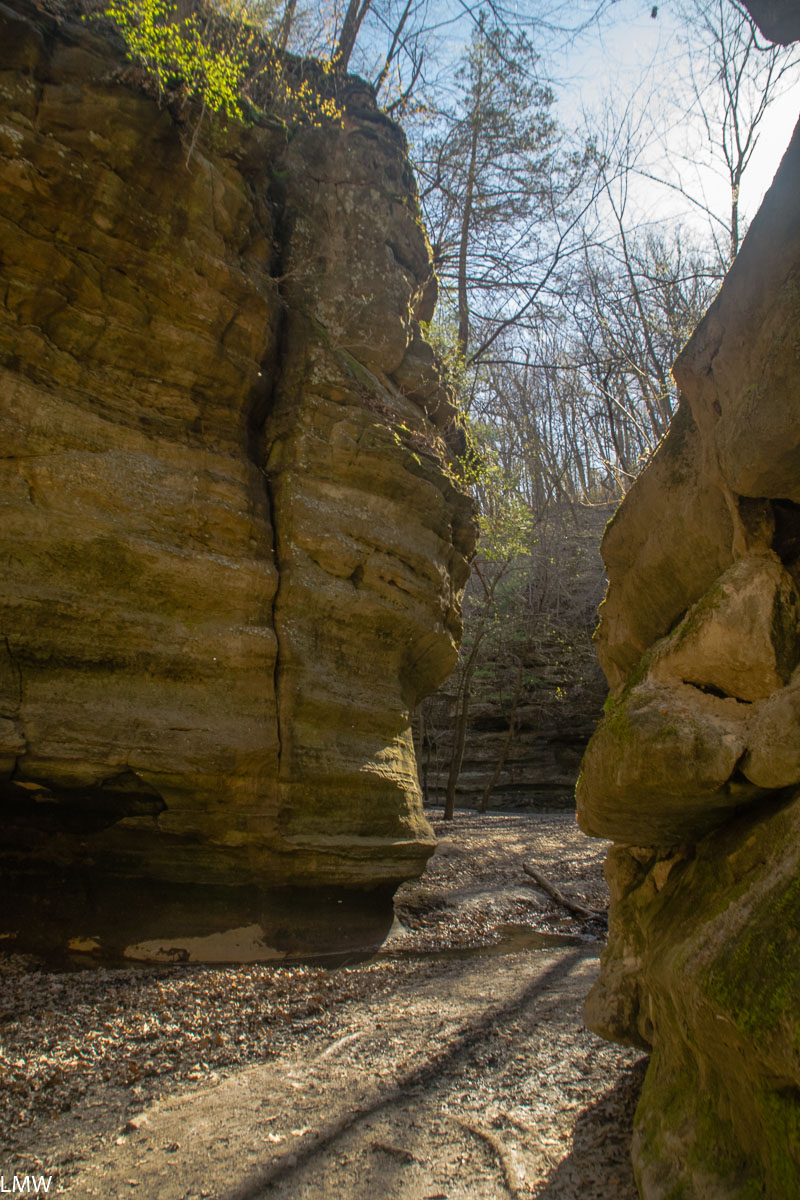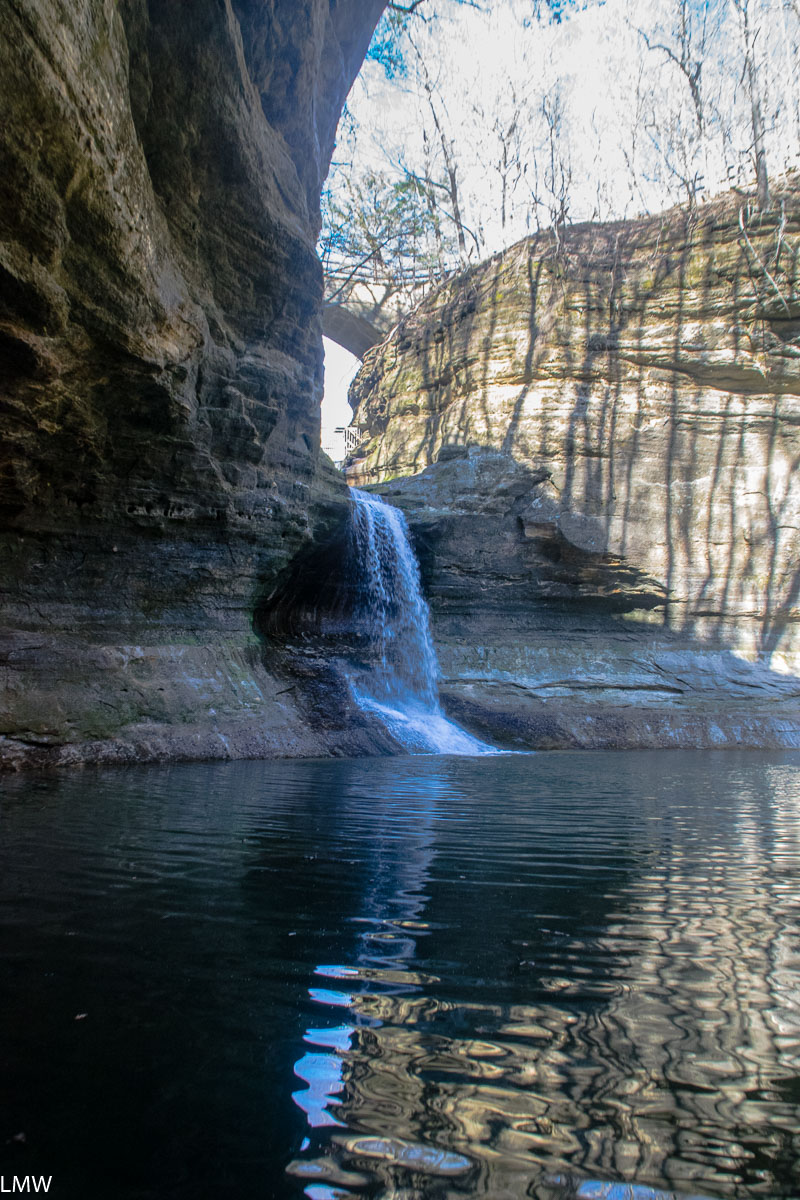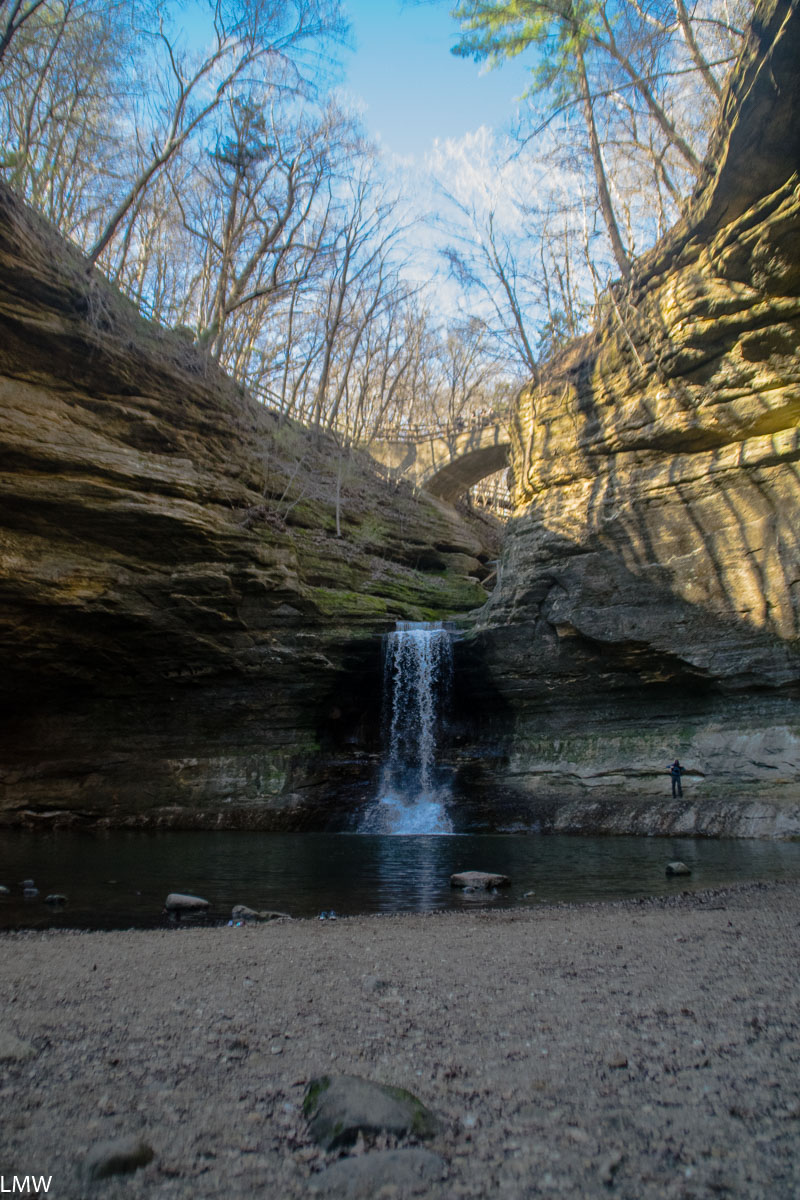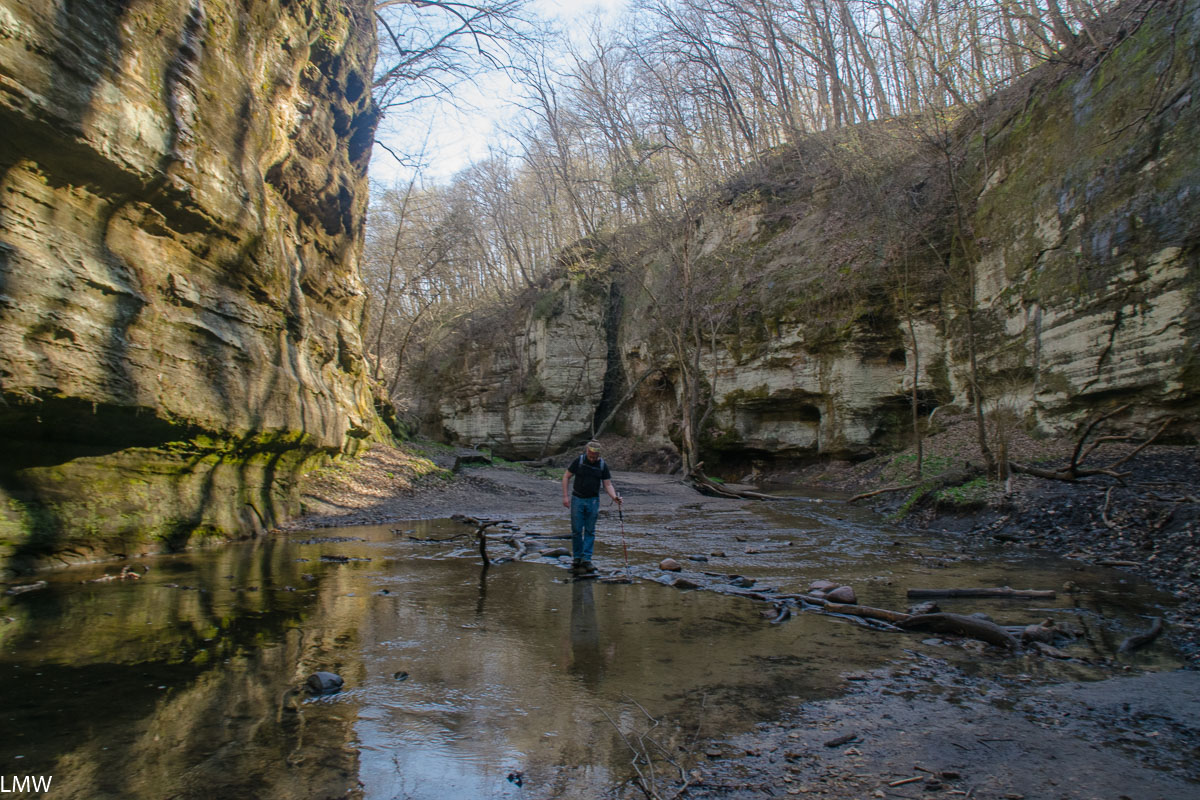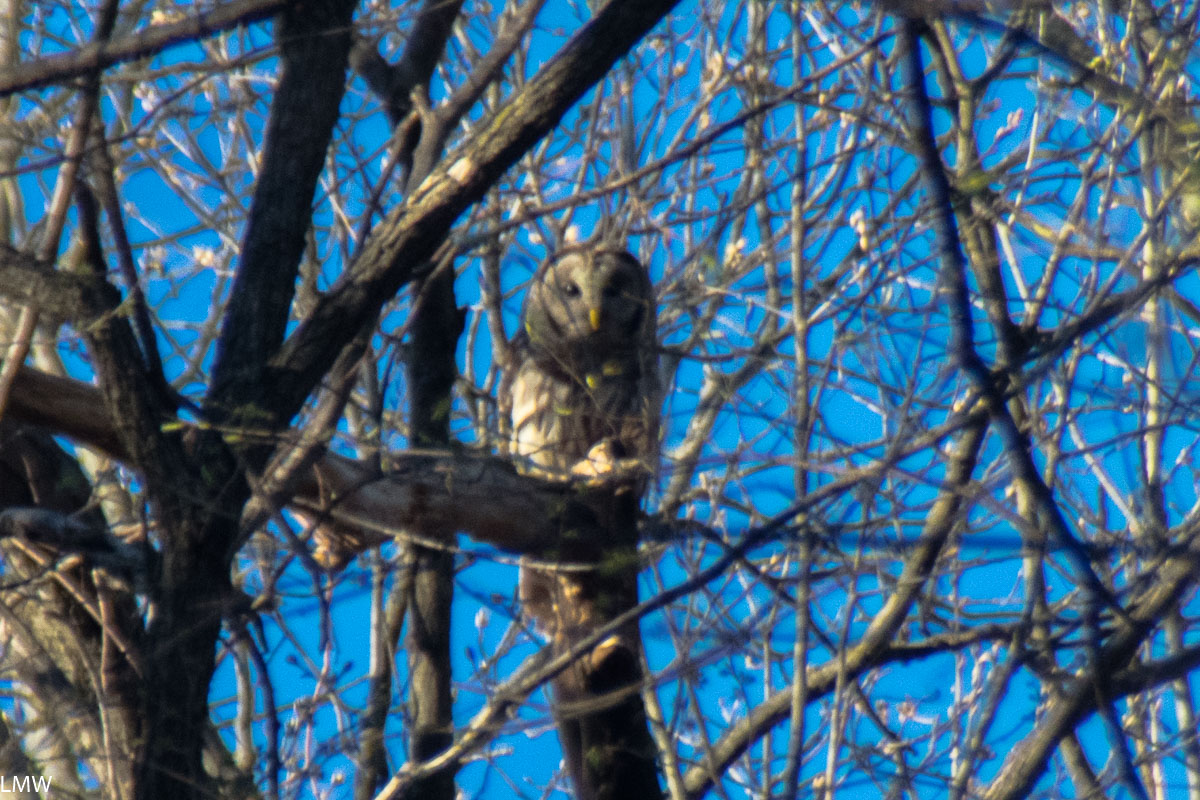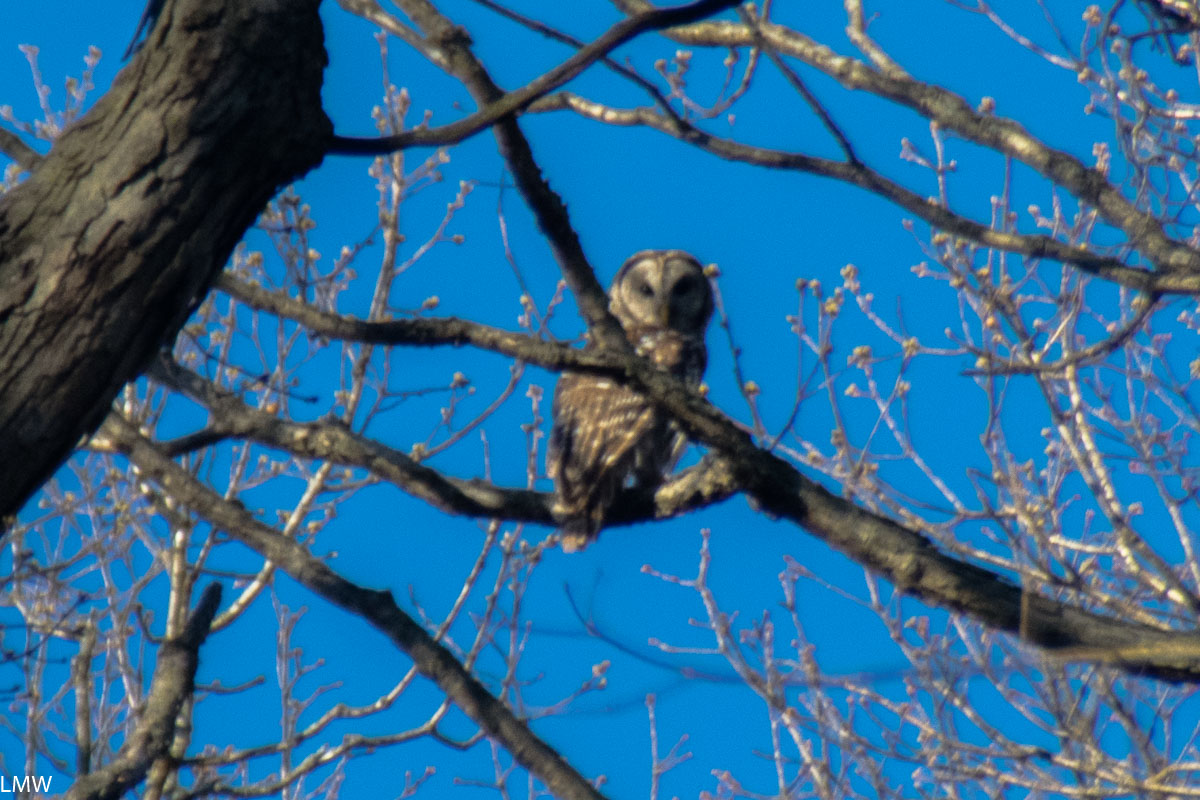
This year we’re planning to take our annual trip at Isle Royale National Park up in Lake Superior. There isn’t much in the way of new equipment that needed testing, but y’know it’s good practice to do that. For our test camp we spent one night up at Kettle Moraine Southern Unit just outside Dousman, Wisconsin. This is a stunningly beautiful piece of land that unfortunately has been marred recently by capitalism.

Our trip overlapped with the Aquarids Meteor Shower and a new moon, so initially we were hoping to visit Green River Wildlife Conservation Area, which is a designated dark sky site. Unfortunately, rains all week led to floods and the staff there advised us to stay away. Seeking higher ground, which isn’t easy to find in this part of the Midwest, we headed up to Kettle Moraine. Green River is about 600 feet above sea level, Kettle Moraine gets a lofty 1300 feet above sea level. This is what we consider rugged topography in the Midwest.

A Moraine is an accumulation of glacially formulated debris. Kettle Moraine stretches from Walworth County on the south to Kewaunee County on the north end. Extending over 120 miles of rough terrain, it’s a collection of irregular ridges and upland areas. It was formed when glacial sediment was deposited between the Green Bay and Lake Michigan Lobes between 18,000 and 15,000 years ago.

Since we booked our campsite only about 48 hours in advance, we didn’t do much research beforehand. There’s not a lot of huge variances in our topography around here, so I focused on where I could find the highest ground within about 100 miles of Chicago. We selected the Pinewoods Campground (because it’s designated as a 24 hour quiet zone and that matters to me so much) and chose the walk-in Site 16. Campers staying at the Pinewoods campground are asked to check in at the Ottawa Lake park headquarters.
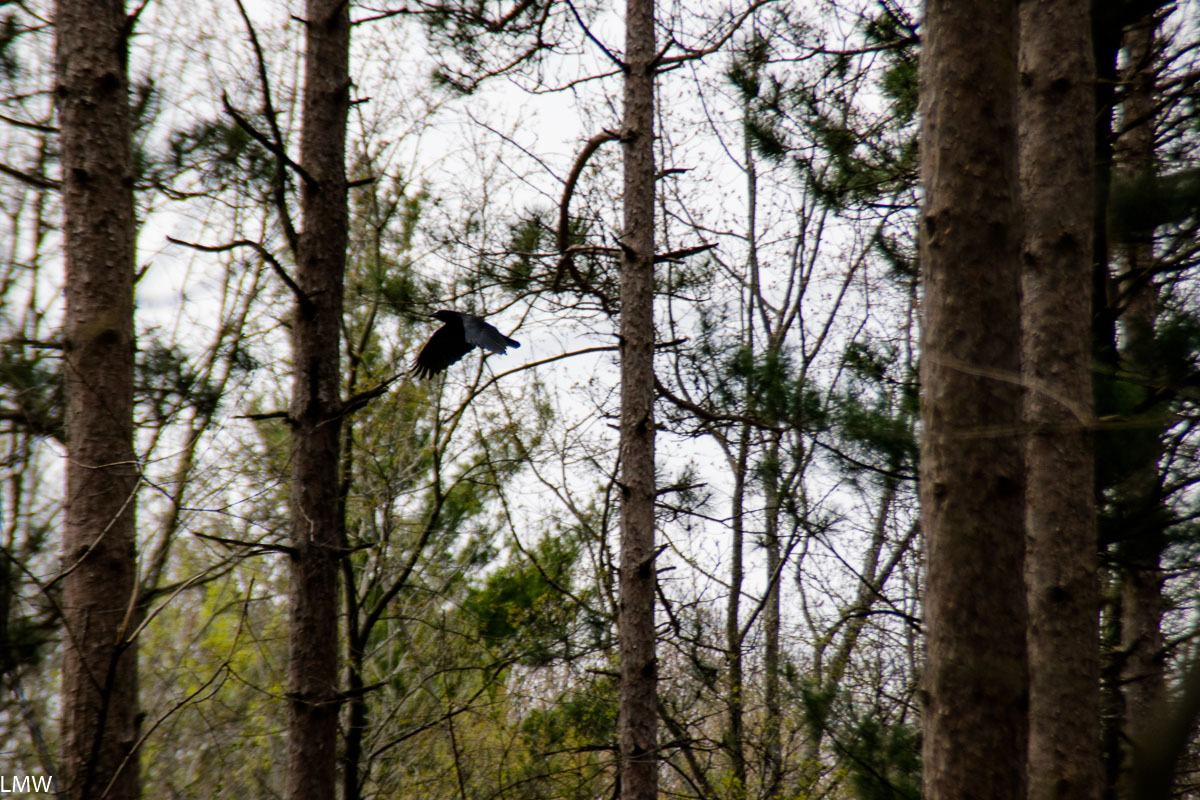
We headed up to Pinewoods, found Site 16 and then just kind of stood there processing what we saw. Apparently on his way out of office former Wisconsin Governor Scott Walker felt he should do some redecorating across Kettle Moraine. Just about every tree surrounding what had previously been a hike-in site, was just gone. Logging at the campgrounds on this end of Kettle Moraine has done a number on the scenery, particularly the campgrounds on the north end of the Southern Unit. Hikers who take the green path of the Scuppernong Trail will get a pretty good view of the destruction. Apparently you need to bulldoze rows and rows of pine trees just to remove the ones they cut down. It doesn’t seem there was much rhyme or reason, and it was all done apparently for a little bit of money. I picked up bits of discarded truck tires, gas caps and other litter left behind in my campsite by some heavy machinery.

We asked the camp hosts if anyone would mind if we stayed at Site 15 instead, and they allowed it. Site 15 was less damaged by the logging operations, and has shade remaining. Site 16, which had previously only been accessible after about a 200 foot hike away from your car, is now a full-sun site more or less all day. I cannot recommend Site 16 at this time. Site 15 is fine, if you don’t mind being adjacent to an open field where a bunch of pine trees used to be.

Sunday we got up and lazed about camp and made breakfast and putzed around looking at birds and mosses. This period was excellent. Dave took a leftover potato from the night before (baked in the fire, obviously), he made bacon and eggs and coffee. We broke camp maybe around noon and headed to the Scuppernong Trail Head, fully loaded with our packs.

The Scuppernong Trail System intersects with the Ice Age Trail and includes three shorter loops of varying difficulties, ranging from 2.3-4.9 miles in length. At the trailhead there is sufficient water, parking and a vault toilet. The trails meander through hardwoods and pines, including some truly gorgeous giants you’ll find at the end of the trail. Bikes are not allowed on this trail system, and in the winter it becomes a ski-only trail. I hope the Wisconsin DNR takes the time to very clearly mark the trail this winter, especially on the northern end of the Green and Yellow loops. The logging done on that end of the park has left wide scars across the land, and it’s pretty easy to see how a skier could easily get lost down a bulldozed path if the trail were not clearly marked.

Verdict: Kettle Moraine is a beautiful park, Pinewoods are a beautiful campground, avoid Site 16 and shame on Scott Walker. Shame shame shame, Scott Walker.


